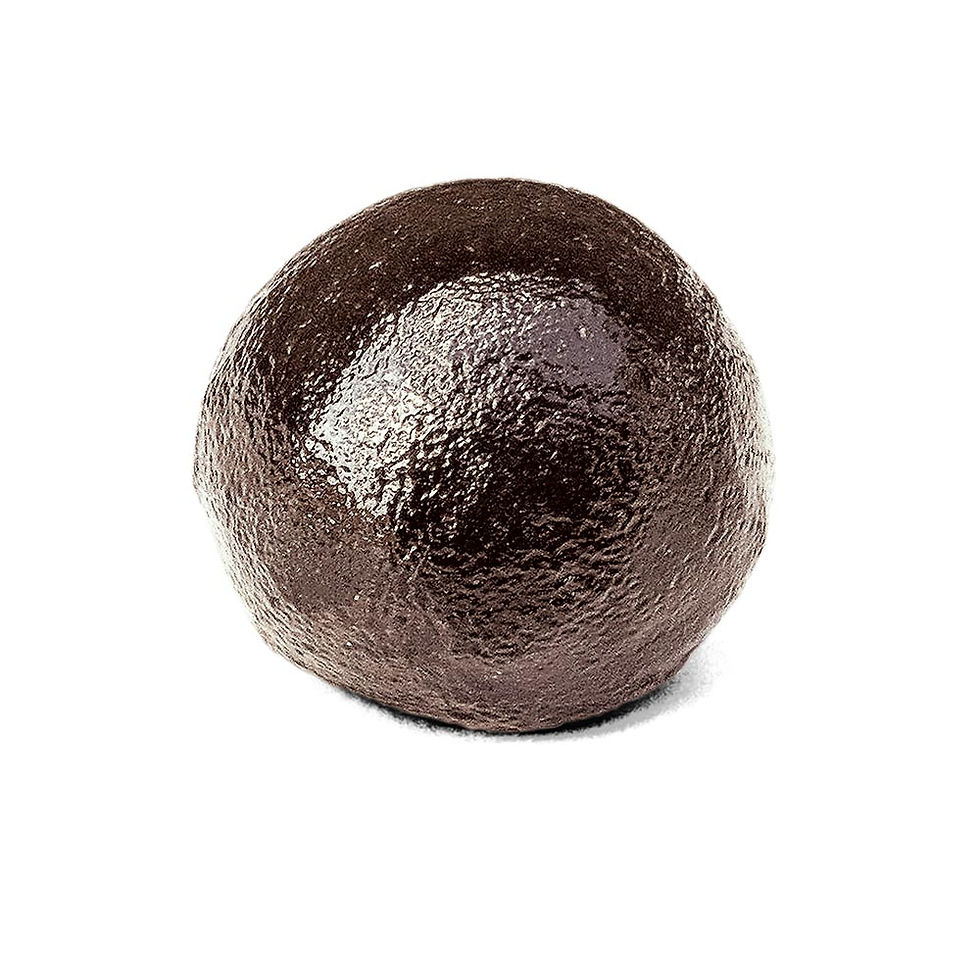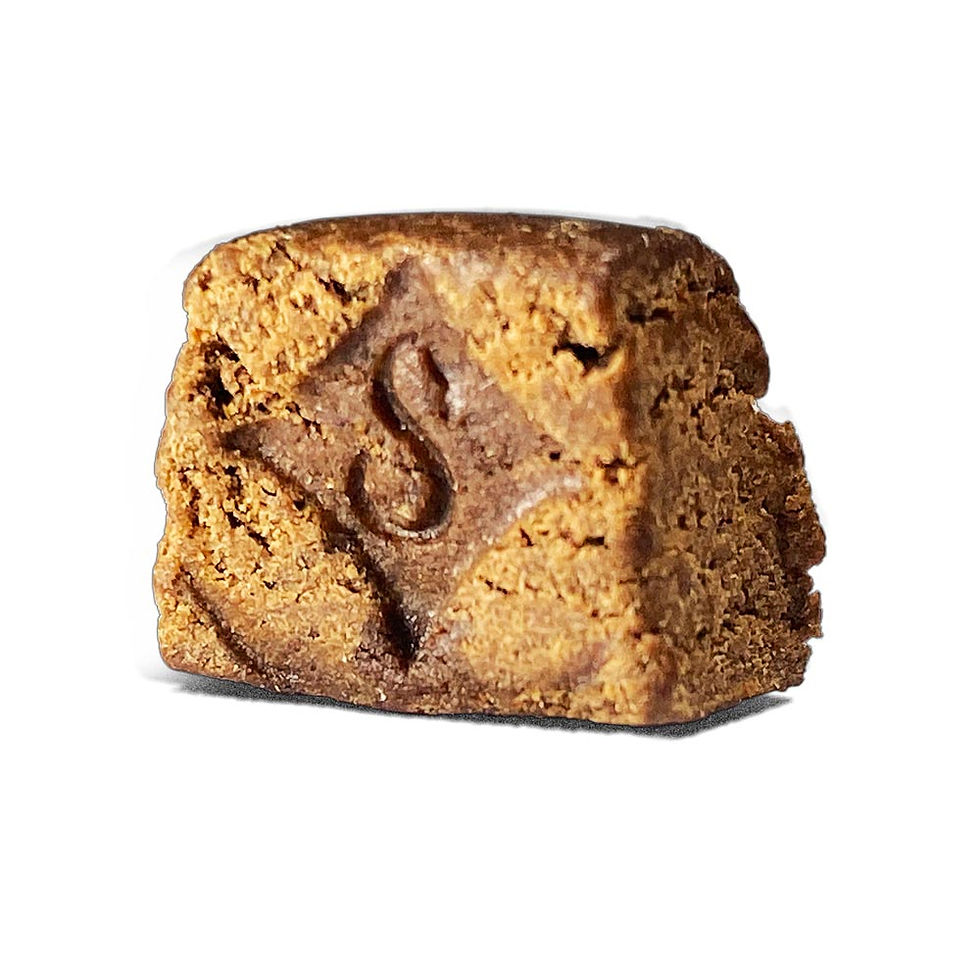Sitka Hash House: Tasting the Past Through a Modern Lens
I’m a massive fan of hash. No, not the powdery stuff that the dispensaries carry, nor the gooey, tree sap looking pressed paste that is also known as bubble hash. All these are worthy ingredients for getting stoned, but the hash I am calling attention to is neither bubble hash, nor that granular, aromatic stuff. The hash I refer to is cut into little elegant squares or is rolled into glistening, tiny balls. These little globules of pleasure offer more than a quick high.
Sitka Hash is an experience into uncharted territory, one that is deeply pleasurable. Not overwhelming, nor cough inducing. The flower they utilize has provenance along with authenticity. It is perfectly cured, and spun into the hash of my dreams. Hash artisans are part of a mostly unknown history that stretches out over generations. Their art form is certainly not for “dabbing”, which makes me feel really uncomfortable around others. Traditional hash is what I want to smoke, not that stuff that says cannabis concentrate on the jar.
By definition, hash is a drug made by compressing and processing the sticky and resinous parts of the cannabis plant, typically focusing on flowering buds containing the richly textured trichomes. Through several processes, some of the modern methods are using washing machines and ice water, lots of motion. Others, the more traditional way, is produced by rubbing the hands together, as hash is truly a sum of all of its parts. I love the kind like the hash that I smoked all the way back in 1976. I was there with my family visiting old family friends in the Ivory Coast of Africa. I remember smoking long “snakes” of traditionally made sticky temple ball hash. This was further rolled into crude tobacco cigarettes which we coughed after smoking. Then, I got really high and wandered off into the bush... not a good idea in a place without road maps and wild animals abounding.
The complexity of the traditional hash and bush weed high reminded me of the thickness of the air that surrounded us, 100 degrees outside and 100% humidity. The hash and bush-herb smoke was dense and humid around my head and in my lungs, all enveloping in the overall experience. The physical description would be a wet wool blanket of a stoned experience. The wet dog smelling blanket, soaked in salt water, and then draped over your head and then your shoulders in a warm, yet odiferous embrace. Wool keeps you warm, even when wet, unlike a down jacket, which is useless when wet. The metaphor to hashish is simple in the terms of the wool blanket. Really good hash feels like that wool blanket: warming even when wet. I have the most spontaneous experiences on authentic hash. Sitka takes me to a place that I haven’t been in decades. That experience of warmth, comfort, and deeply emotional care. Sitka hashish is a lesson in every inhalation, one that is deeply recommended.

Imagine my delight when I discovered the Sitka Hash House. Nick Saad is the Co-Founder of Sitka™, and he is making the hash of my dreams using the old method. He forms little temple balls as I remember from my illustrious youth, and they smoke beautifully too. And that isn’t even telling you about the sheets of soft-to-the-touch hash, stuffed with gourmet quality flower, just so. It's some of the best paperless cannabis that I’ve ever smoked, truly sumptuous stuff. They don’t make very much, so get some if you can.
Traditional, Middle Eastern craft hashish is something very rare in the USA. There are only a handful of hashish connoisseurs who are even knowledgeable enough to produce traditional European/Middle Eastern style hashish using the kind of flower we grow here in the USA.
The commercial marketplace has quickly become a wasteland of high-priced “ice-water”, finely-powdered hash that enterprising dab-heads get super high on, fast and faster. More concentrated cannabis flavor and aromatics are apparent in each dab of powdered hash. It does nothing for me.
I much prefer the traditional hash of my travels around the globe throughout my life. While working as a journalist who specializes in cannabis, I’ve tried to focus on reviewing organic and biodynamic cannabis flowers. I’ve always hoped that someday the arcane talent and knowledge to make European/Middle Eastern style hashish would come back into vogue, and currently there is a renaissance of traditional hash producers. The late Frenchy Cannoli and his Nepalese sphere of influence in the traditional world of hash makers have coaxed others out from the periphery, and into a netherworld of quality.
Decades went by while I waited for traditional hash to arrive, the hash from my somewhat misguided teen years in the 1970’s. Hash was plentiful then; I remember coveting little gold-thread-covered chunks of black Nepalese hashish from a friend’s dad, who brought it back from a Buddhist pilgrimage to Nepal. Further stamped in red and gold, this hashish came oozing with sticky hash oil. I literally didn’t smoke hash again until a trip to Negril, Jamaica, in the 1990’s. Even then, the hash that they produced was more akin to the making of molasses for rum, dirty pot stills, the use of both high heat and oft-sloppy industrialized ingredients. It was a bad idea to smoke it... pretty awful stuff, really. They called it hash oil, a coarse, hash-like substance that was sticky to the touch and smelled like cannabis at some point in the mechanized process, but it certainly wasn’t hash as I know it.

Traditional hashish is part of global history. Study the history of hashish, and you start to learn about the conquest of the globe in a manner not taught in public schools, or even in prep school. The early adventurers and explorers of the globe sailed to the furthest reaches known to man. Wind and tides took them to places undiscovered, with hemp woven into strong ropes that carried the sails, made of indigo and hemp. With them, the seafarers took elixirs to make the long sea voyages a bit easier to take. Buccaneers, sailors with the license to steal from other ships by the Crown, were probably not smoking just tobacco in their smoking pipes. I’d take a very educated guess that it was cannabis in some form or another stuffed into the bowl, along with whatever they could find: tobacco, cannabis, hashish, even opium. If they had traveled to the Middle East, there was the distinct possibility that the stuff in their pipe could have been musky Turkish tobacco, laced with highly addictive opium. Maybe they were even smoking hashish itself? After all, their ropes to haul the sails were made from the fibers of cannabis plants known as hemp. I’m sure they didn’t just throw out the flowers if they were already smoking tobacco or rolling opium.

When I smoked Sitka for the first time it was like being a young man again, smoking veritable hashish history, experiencing hash all over again. Through that experience of smoking really fine hash, the depth of reality was apparent to me. Sitka Hash was acting as more than just a metaphor. It served to deepen my nearly fifty year relationship with the plant. Sitka Hash is the exemplification of utter quality that I hope to share with others. Quality is their mantra. If you have the opportunity to taste their wares in Washington State or California, I’d say make it your business to find some. Sitka Hash offers quality, intensity, and authenticity. Sitka Hash is the stuff that gets you all comfy inside.
I really like it because it works in a way I’m happy with. It's a truly authentic experience.
Check out more awesome local businesses.

Warren Bobrow is the CEO of Klaus Apothicaire, a 6x Author, Chef, Barman, Cannabis Alchemist, Master Mixologist. Some of his cannabis awards include: SXSW Cannabis Disruptor 2018, Berlin Bar Convent-Cannabis, and Moscow Bar Show-Master Class-Rum. He is the author of Cannabis Cocktails, Mocktails, and Tonics, Available in Indie Bookstores, Amazon, Barnes and Noble, Indigo Books. See his cannabis creations on instagram.



Comments